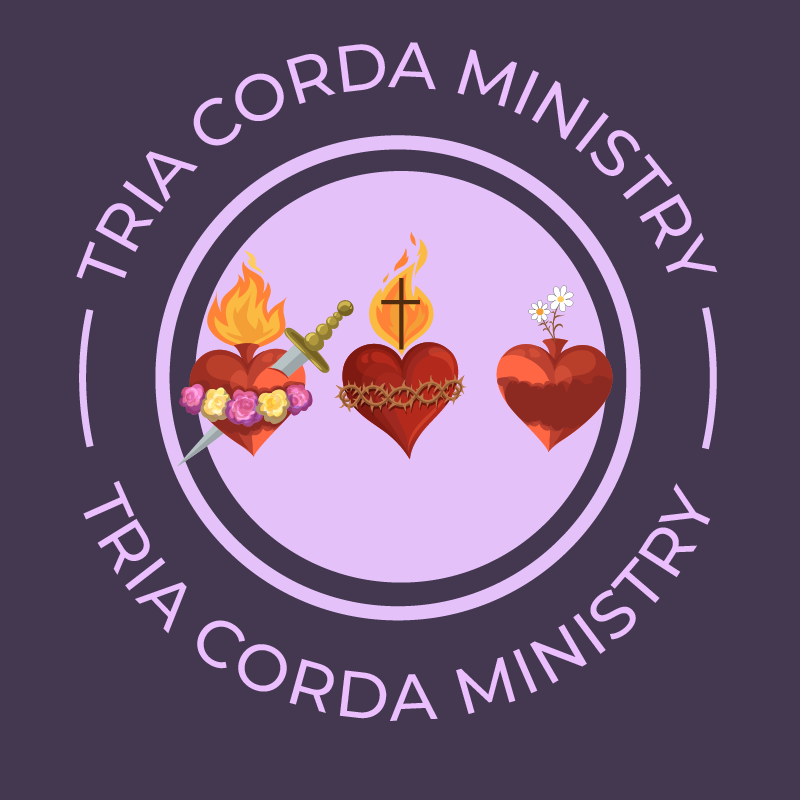ACEs and Actions

The original ACE study examined the effects of ACEs on actions and found that as a person’s ACE score increased, the likelihood of the following increased:
- Having behavioral problems in school
- Workplace absenteeism
- Financial problems
- Smoking
- Unintended pregnancy
- Having multiple sexual partners
- Sexually transmitted infections (STIs)
- Suicide attempts
There has been much more research on the effects of ACEs on actions since the original ACE study, and ACEs have continued to be found to be associated with substance use, risky sexual behavior, crime, suicidal behavior, and struggles with finances and education.
As we go through this research, it is essential to remember that just because someone has a high ACE score does not mean they are doomed to develop these outcomes. And if a person has developed a particular negative outcome due to ACEs, they are not necessarily doomed to have it forever. Healing and resilience are possible, and many factors can prevent these outcomes from happening in the first place, and many factors can lead to their healing if they have occurred.
Substance Use
Overall, ACEs are associated with a higher likelihood of smoking and problematic drug use (1), as well as a higher likelihood of developing a substance use disorder, more severe substance use disorder, and less likelihood of quitting substance use (2). Researchers have found this for multiple substances, including alcohol, smoking, and illicit drugs like marijuana.
Suicidal Behavior
Having an ACE score of four or more is associated with more self-harm (1), and a higher ACE score is associated with a higher likelihood of suicide attempts (4). This study found that suicidal behavior and substance use following ACE exposure seem to be connected, as those who reported suicide attempts in this study were more likely to report alcohol and substance misuse.
Crime
ACEs are also associated with participating in more criminal behavior, such as theft and violence. For example, in one study of adolescents, ACEs were associated with more criminal behavior (5).
Finances and Education
Finally, ACEs are also associated with different financial behaviors, including pursuing less education, having less employment, and having less money and assets (6).
The Intergenerational Cycles of ACEs
One important thing to note about how ACEs relate to actions is that many of these actions are associated with passing on ACEs to the next generation. For example, participating in more crime may lead to a person’s children suffering the ACE of having an incarcerated parent. Substance and alcohol misuse may lead to a child suffering the ACE of having someone in the household misusing substances. Thus, trying to prevent these behaviors could help lower the next generation’s ACE scores, breaking the cycle.
Conclusion
Overall, there is a lot to learn about how ACEs can impact actions, but overall, we know that ACEs can lead to many different adverse behaviors, which could lead to more ACEs for the next generation.
There is hope for healing and resilience following exposure to ACEs. If you or someone you know may be suffering from these negative effects of ACEs, please visit the healing resources page to begin your healing journey and talk to your doctor about possible treatment.
To learn more about the effects of ACEs, please visit the following pages:
